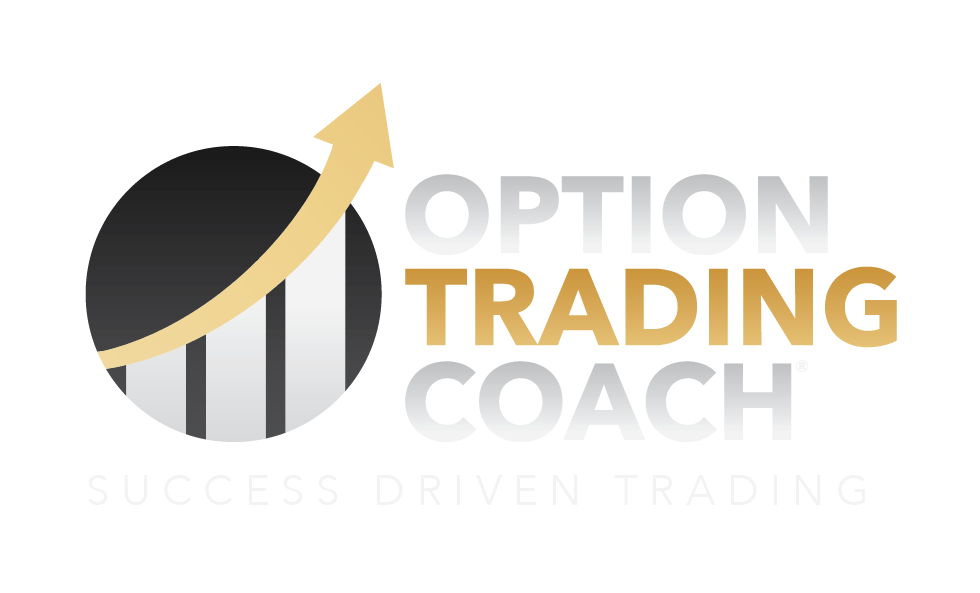1. Buying Long (Stock Purchase)
The simplest bullish strategy is buying long, where traders purchase shares of a stock with the expectation that its price will rise. Once the price increases, they can sell the stock for a profit.
- Example: You buy 100 shares of a stock at $50 per share. If the stock price rises to $60, you can sell it for a profit of $10 per share.
This strategy has unlimited profit potential, as the stock price can continue to rise, but the risk is limited to the amount invested if the stock price falls to zero.
2. Call Options
A call option gives the buyer the right, but not the obligation, to buy an asset at a predetermined price (strike price) before the option expires. Traders buy call options when they expect the price of the asset to rise.
- Example: You buy a call option for a stock with a strike price of $50. If the stock rises to $60, you can buy it at $50, making a profit of $10 per share (minus the premium paid for the option).
Call options provide leverage, as they allow traders to control more shares for less capital, but they come with the risk of losing the premium if the price doesn’t rise as expected.
3. Bull Call Spreads
A bull call spread is an options strategy where you buy a call option at a lower strike price and sell another call option at a higher strike price on the same asset. This strategy profits from a moderate rise in the asset’s price and limits both risk and reward.
- Example: You buy a $50 call and sell a $60 call. If the stock rises to $60, your maximum profit is the difference between the two strike prices, minus the cost of the spread.
Bull call spreads are useful when you expect the price to rise but want to reduce the cost of the trade and limit risk.
4. Buying Inverse ETFs (Bearish Trend Reversal)
Some traders use inverse ETFs that move in the opposite direction of an index or sector to profit from a rebound or recovery in a bearish market. These funds provide exposure to the inverse performance of broad indexes like the S&P 500, making them ideal for capitalizing on market reversals.
- Example: If the market experiences a sharp downturn and you expect a reversal, buying an inverse ETF can allow you to profit as the market recovers.
Inverse ETFs are often used for short-term bullish strategies and hedging against broader market declines.
5. Dividend Stocks
Investors looking for long-term bullish strategies often invest in dividend-paying stocks, which provide regular income while benefiting from price appreciation. These stocks are typically from stable, well-established companies with a history of paying consistent dividends.
- Example: You purchase shares in a company that pays a $2 annual dividend per share. Over time, the stock price appreciates, and you also receive dividends, creating a compound return.
Dividend stocks offer both capital appreciation and income, making them ideal for long-term bullish investors.
6. Leveraged ETFs
Leveraged ETFs use financial derivatives to amplify the returns of a specific index or asset. These funds aim to provide multiples (e.g., 2x or 3x) of the daily performance of the underlying asset. Traders use leveraged ETFs when they expect significant short-term gains in the market.
- Example: If a 2x leveraged ETF tracks the S&P 500 and the index rises 5%, the ETF would rise by 10%, offering amplified returns.
Leveraged ETFs are designed for short-term trading and are suitable for traders who anticipate strong bullish moves in a particular asset.
Bullish trading strategies allow traders to capitalize on rising markets by purchasing stocks, options, or ETFs with the expectation of upward price movements. Whether buying long, utilizing call options, or leveraging ETFs, these strategies provide traders with various ways to profit from bullish trends while managing risk. By carefully selecting the right strategy, traders can maximize potential returns in rising markets.
